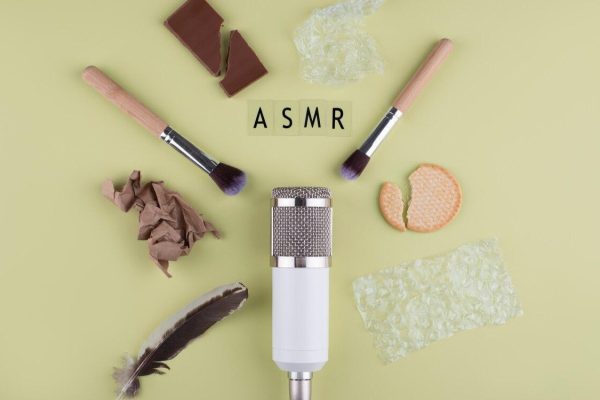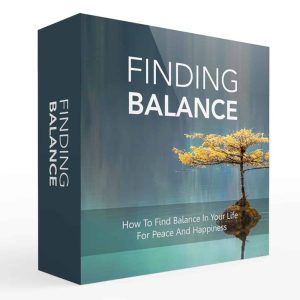Music has long been known to help people rediscover themselves and relax. Even more so if it is influenced by natural sounds and background melodies from daily life. One example is the so-called white noise, which, when submerged in a cyclical, always-constant pattern, can redirect the brain’s attention away from the regular noises of city life, allowing it to relax and fall asleep.
This is why white noise is now one of the most commonly employed therapies in the pediatric profession for the so-called calm “sleep” of infants. Not to mention its intriguing effects in the adult world, where it appears to increase concentration, enhancing performance both before a sporting match and at work.
What is really white noise?
White noise, often known as static noise or broadband noise, is a sort of sound that can mask undesirable noises from the outside world, such as machines and other household sounds. Road, dogs barking, shouting, and numerous creaks. White noise, which lacks the frequencies that are generally found in television and radio noises, is continuous, consistent, and rhythmic and would help those who listen to it relax.
It appears to have truly beneficial effects on the health of adults and children, as allowing oneself to be influenced by its notes has a calming power, which relaxes muscles and mind, enhancing concentration, attention, and promoting sleep, making it easy to fall asleep and rarely awaken.
Why is it called “white noise”?
After defining white noise, the question naturally arises: Where does this unusual moniker come from? It appears that the phrase white noise was coined in the twentieth century, in exact analogy to white light. Just as the latter is the consequence of the sum of all hues, white noise is synonymous with the sum of all frequencies detectable to the human ear. Typical instances of white noise, which sometimes combines with pink noise and brown noise, include the sounds made by a vacuum cleaner, a washing machine, or even fans and ventilators, as well as the wind blowing and rain falling.
White noise helps newborns and adults sleep.
White noise is well known for its soothing and relaxing effects on individuals who listen to it, but in recent years, scientific research has shown a variety of data supporting its use to improve the well-being of adults, children, and even newborns. Here are the properties:
- It calms newborns and children, allowing them to sleep and be more peaceful, while also lessening the impact of crying spells. According to recent studies, this is the same sound heard by babies in the maternal womb during pregnancy and thus has the potential to promote calm and harmony.
- White noise is used in workplaces to create a more pleasant environment for coworkers and collaborators, as well as to maximize everyone’s concentration and, as a result, performance.
- For the same reasons stated above, white noise has proven to be an effective ally in the fight against attention deficit and hyperactivity disorders.
- White noise plays an active role in improved sleep. This means falling asleep sooner and reducing the number of nocturnal awakenings in babies, children, and teenagers, as well as adults and the elderly, who are frequently caught up in a frenetic routine. It is very effective for worried people and those suffering from insomnia, but it is also a viable strategy for those who live in the heart of cities and metropolises that are extremely bustling and vibrant even at night.
How to recreate white noise at home.
If you want to feel the benefits of white noise on your skin after reading this article, here’s how to do so at home:
- Using particular smartphone programs, which may be downloaded immediately from your phone’s store.
- Many music and video streaming services, including YouTube, already have playlists with numerous songs characterized by typical white noise sounds, which are sometimes combined with typical pink or brown noise sounds, such as nature, sea, forest, rain, or the relaxing sounds of some animals.
To enhance its effectiveness, create an atmosphere for relaxation that is as comfortable and calming as feasible. With gentle lights, a nice mattress and cushions, and an alarm clock for when it’s time to get up. Turn on the white noise before retiring to bed. You can use it all night or just as you fall asleep, asking others to turn it off or setting a timer for yourself. During the day, white noise can be easily recreated by the sound of sea waves, for those fortunate enough to live near a beach, or by utilizing hairdryers, ovens, microwave ovens, and a vacuum cleaner.















